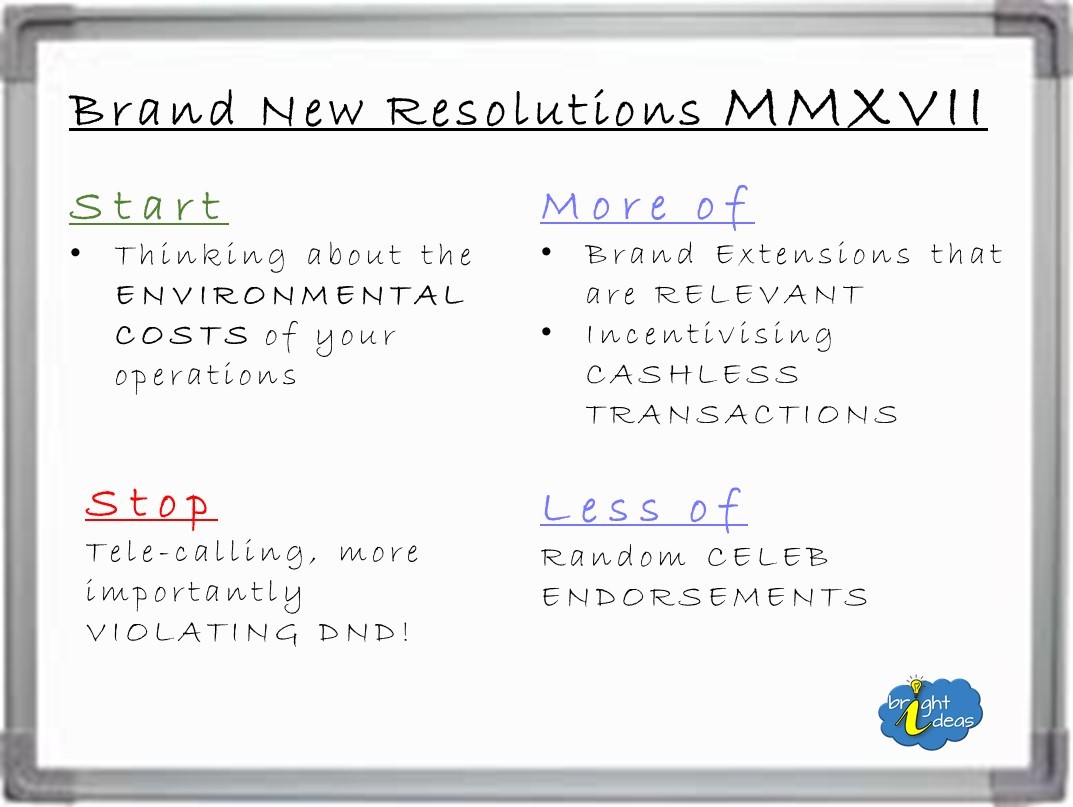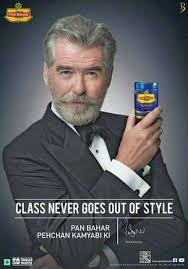Going DIGITAL / Talking GREEN ?
Are you as a brand or business or communicator doing the same? Well here’s a thought. Going digital alone may not be as green as you think or have been led to believe it is.
Do not get me wrong, marketing work-flow automation, digitization, etc. are a step in the right direction. However, their “greenness” may be getting over-stated when it comes to a marketing context and conscience. Marketers across organisations tend to add the green tag to all or any such initiative that they take without a holistic understanding of the carbon cost of such an exercise.
This overtly simplified rationale of digital = no paper = green may be where most marketers stake claim to green. This conventional wisdom approach was good enough two or may be three decades ago when “paperless office” was a buzz word.
RIGHT NOW is the time for the marketing tribe to step its game up and make green tangible.
I have seen EV cab operators give CO2 or Trees equivalent in their apps to make consumers aware of the impact of their choice(s). Utility companies moved from paper bills to e-mails. Many of the solar rooftop installation players too are using this ploy. The question though is, how much of it does a consumer really comprehend?
Yes paper bill to email was a timely step but who is making you aware of the green cost of the email? There is a green cost every time we search, browse, scroll, play or transact digitally.
The heart of the digital world lies in data centers. These facilities, housing servers that store, process, and disseminate data, are massive consumers of electricity. Firstly, they power the servers themselves, and secondly, they require extensive cooling systems to prevent overheating. Estimates vary, but studies suggest data centers collectively consume approximate 340TWh or 1-2% of global electricity.
A single data center often can consume the equivalent electricity of 50,000 homes.
Here are some assorted data points intended as food for thought:
Email: A single, simple text email has a small footprint (estimated around 4g CO2e), emails with large attachments can increase this significantly (up to 50g CO2e or more). The sheer volume – estimated at over 347 billion emails sent daily in 2023 (Statista, 2023) – means the cumulative impact is substantial. Furthermore, “spam” emails, which constitute a large percentage of traffic, represent wasted energy for processing and storage.
Digital Transactions: Financial transactions, online banking, and cryptocurrency mining require processing power and network usage. While a digital transaction is often more energy-efficient than a physical bank visit, the scale is immense. Cryptocurrency mining, in particular, is notoriously energy-intensive, with Bitcoin’s network alone consuming energy comparable to entire countries.
Social Media & Streaming: These platforms are particularly data-heavy. Streaming video accounts for a vast portion of internet traffic – estimates often place it around 60-80% of total downstream volume (Sandvine Global Internet Phenomena Report). High-resolution video streaming, scrolling through image-laden social media feeds (like Instagram, TikTok, Facebook), and video conferencing all require constant data transfer and processing, demanding significant energy from data centers and network infrastructure.
According to Meta’s own report on sustainability the net emissions were CO2 equivalent 7.5 million tons in 2023.
Aside to compliance led, mandatory or responsible reporting by global majors, the brands of today going forward need to help their consumers make informed choices in the context of today. This means making green-speak colloquial. Making impact relatable, tangible and in classic marketing sense rewarding.
Whether consumption patterns actually change if people were indeed made aware of the green cost of watching a season, placing an order on the internet, time spent on social media is debatable but given the dire state of our planet surely worth an effort.
As marketers, we can surely be conscientious about the next reel we create for our brand or the next e-mail that get’s triggered or notification we serve for a cart action.
Ready?
Brand New Resolutions MMXVII

Yeah yeah someone hasn’t really lived up to his resolution of at least one post a month on ABVS. The lack of posts notwithstanding there has been a steady increase in the people following ABVS on Facebook and Twitter. So let me end the year on a thank you note and propose the customary Brand New Resolutions for 2017.
 Start | Thinking about the environmental costs of your operations
Start | Thinking about the environmental costs of your operationsYes! And all aspects of impact not just the in vogue concepts such as effluents and carbon footprint. Brands as organisations need to lead the change. The long hours, the long drives it all adds up doesn’t it. How about mandatory Work from Home for 20% of the staff every day? That would take 20% traffic off the streets on a daily basis across modes of transport. How about having no fixed no long hours days in a week? At least a day in every office where things close down on time. No ACs running while for four individuals in an office of four hundred! Sure the feared loss of productivity shall be more than made up.
 Stop | Tele-calling: More importantly violating DND!
Stop | Tele-calling: More importantly violating DND!This one goes out especially for the financial product brands. I don’t know of anyone who actually has benefitted from the unsolicited advice or has actually gone ahead and bought something as a resultant of such a call. Acquaintances in the know of the business though tell me otherwise. With all due respect there at least needs to be far lesser invasion of privacy. A relook at the frequency, Do-not-disturb etc. is sure warranted.
 More of | Brand Extensions that are Relevant
More of | Brand Extensions that are RelevantWas heart-warming to see Paper Boat introduce Chikki.

Not too sure how successful the exercise has been. Several factors such as pricing and distribution etc. shall determine the fate but presume its early days yet and wish the product the success it deserves.

More of | Incentivizing Cashless Transactions
I know the Wallet companies have mastered the art of cash-back and discounts for consumers. It’s time now for the brands to give fillip to the dream of a less-cash economy if not a cash-less one. There is room for improvement and even some savings in the last mile of distribution if cash-less transactions are implemented.
 Less of | Random Celeb Endorsement
Less of | Random Celeb EndorsementThe shocker of Pierce Brosnan holding up a tin of Pan Masala in a full page ad is the example that comes to mind.

To the brands credit the category has for forever been trying to connect the habit of chewing pan masala to being classy even regal. Perhaps the Ashok Kumars, the Shammi Kapoors and more recently the Manoj Bajpais of the world were palatable. Getting Pierce Brosnan to endorse perhaps pushed the envelope a bit too far.

